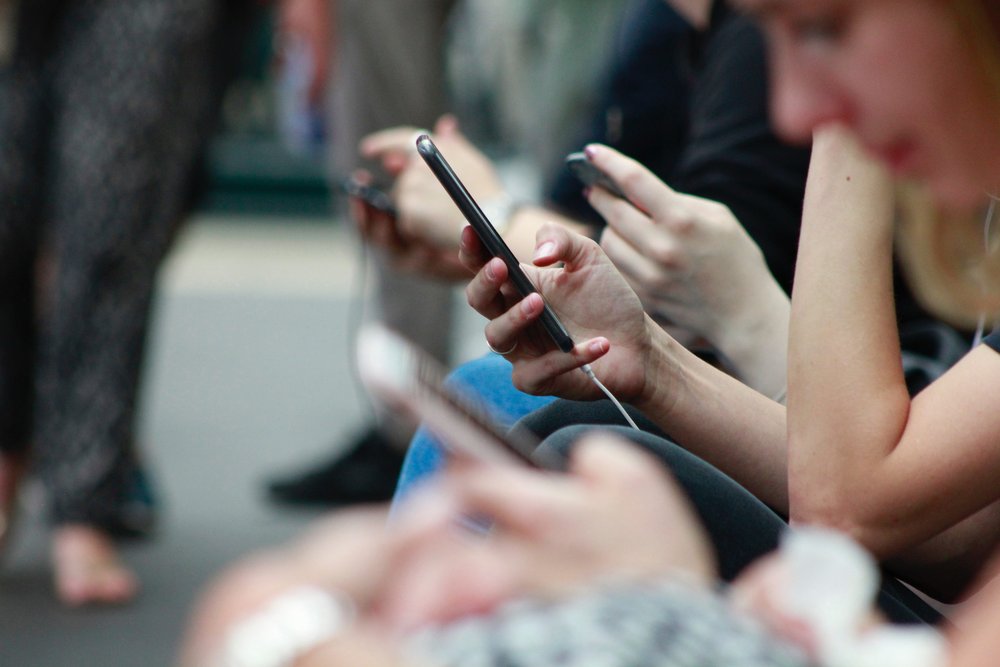The tech brands using creativity to tackle smartphone addiction /
Tech brands are promoting responsible use of connected devices amid panic over smartphone and social media addiction

Photo by Robin Worrall on Unsplash
The rise in smartphone use has repeatedly been linked to declining mental health among teens. The Centers for Disease Control and Preventation (CDC) found that between 2010 and 2015, depression and suicide rose among teenagers by 58% and 65%, respectively, and argued that new media was to blame.
A body of research has emerged refuting this link, but to some extent that doesn’t matter: the message that too much technology is bad for kids’ health has taken root in people’s minds, and marketers have been forced to acknowledge and respond to these concerns.
Telcos and smartphone manufacturers especially have felt pressured to show they understand, and we’ve seen them come up with creative solutions to promote the responsible use of their products.
New Zealand’s Spark encouraged children to play rather than watch a screen by creating a Bluetooth-enabled smart rugby ball. The rugby ball is connected to an app that converts the amount of time they are playing outside into screen-time allowance. As soon as the allotted amount of screen time runs out, the app sends an alert to parents and the child must go out to play in order to earn more screen time.
Ahead of Valentine’s day this year, Deutsche Telekom designed smart underwear to encourage couples to adopt healthier digital habits and improve their relationships. The underwear conceals a ‘LoveChip’ card that is activated by Bluetooth. Couples can download the Connected Underwear app and link their phones to the ‘LoveChip’ (which must be within five metres). If a person moves while wearing the underwear, they activate motion sensors in the chip, prompting the LoveChip to transmit a signal to the app to play a romantic playlist. The chip will also send a notification to their partner’s phone asking them to turn on ‘LoveMode’, which puts their phone on Do Not Disturb mode.
Other brands have taken a more serious approach. In 2018 Motorola encouraged people to review their mobile phone habits and restore balance to their lives. The brand hosted a quiz on its site that asked people about their phone habits and then graded their level of addiction. Participants were then encouraged to download the Space mobile app (the irony is acknowledged), which monitors and sets targets for phone use.
Chinese tech giant Lenovo has also addressed the issue. During Ramadan in 2016, Lenovo released an app called Hadia Time that monitored the time a phone was not in use and converted it into free data. Users were invited to download the app and then keep their phone locked for as long as possible between 7pm and 10pm each night. For every minute that the phone was not in use, Lenovo donated a minute of data to a migrant worker in the Middle East so that they could call their families at home.
People who downloaded the app could help migrant workers connect with their families and at the same time connect with their own by spending less time on their phone. In total, around 31,000 people downloaded the app and 2.8 million minutes of data was donated to migrant workers.
These examples come from Contagious I/O, our online intelligence tool filled with commercial creativity from around the world. To find out more click here.
Want more of the same? /
We don’t just write about best-in-class campaigns, interviews and trends. Our Members also receive access to briefings, online training, webinars, live events and much more.







